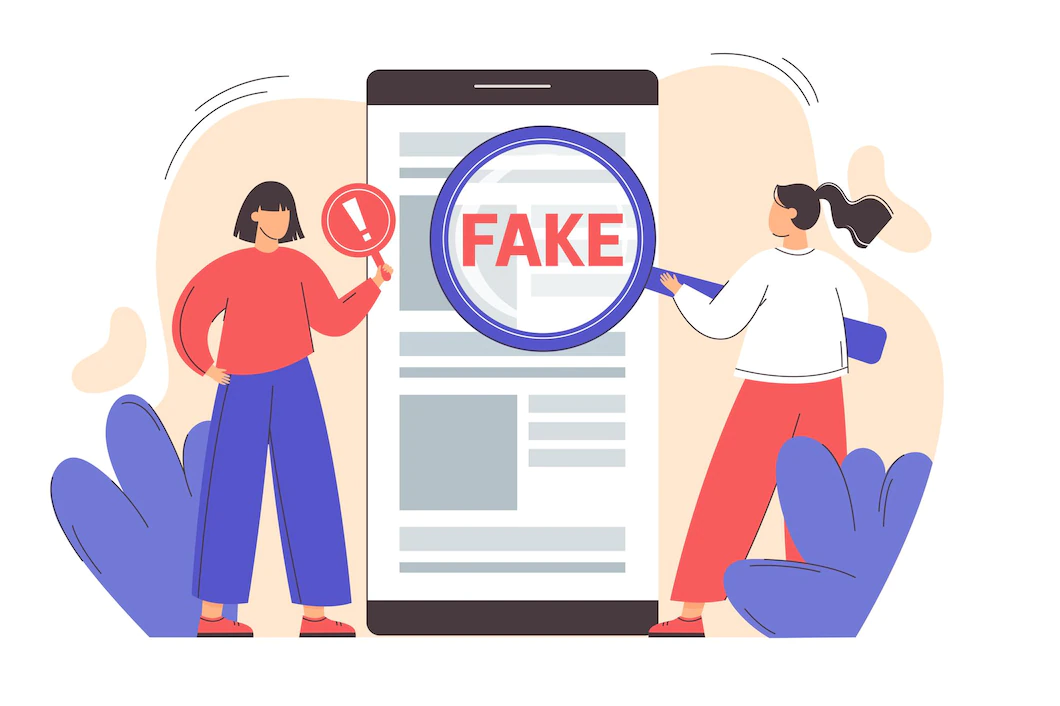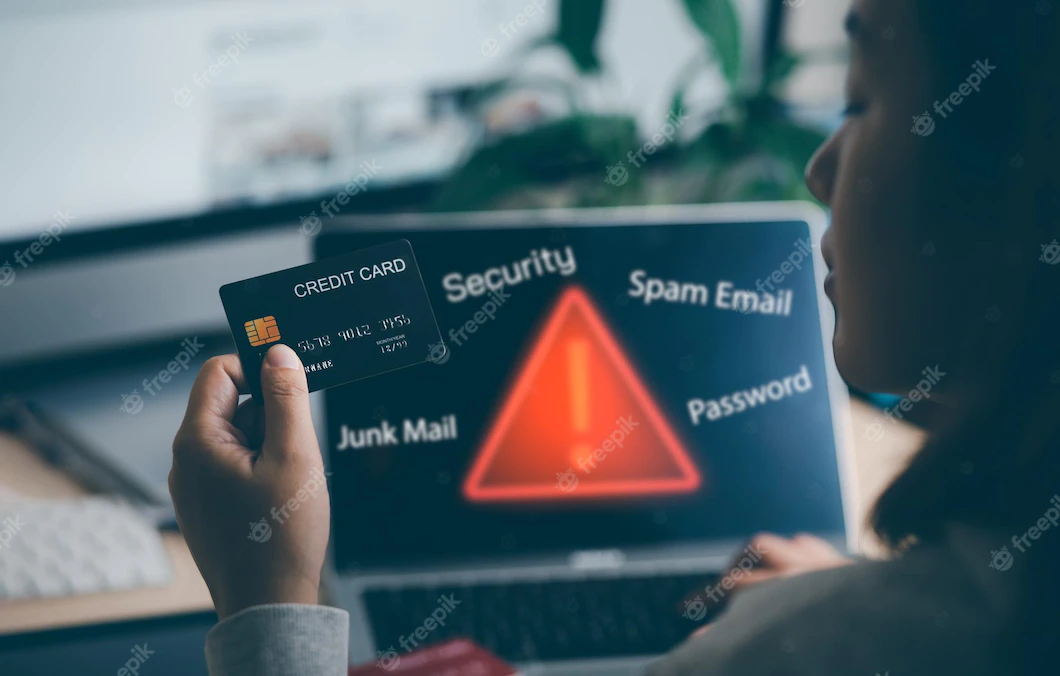
Internet is a wide and dangerous digital world, where it is very easy to run into a virtual fraud, so much of online businesses are at risk, even users are subjected to them by leaving data such as credit card number to purchase goods or services; these data could be used for harmful purposes for the consumer, so today we will teach you how to avoid scams on the Internet.
By learning how to identify a fake website you will be able to avoid a wide range of online scams. Stay to the end to avoid these types of frauds!

What is a fake website?
A fake website is a copy of an official website, they usually add advertisements and are designed by experts who focus on the details to fool even the most experienced user.
These pages are created to run online scams and steal your information, from personal data, passwords, emails, phone numbers, social network accounts to credit card numbers. A frequent example is copies of bank web pages, so that you log in and grant full access to your account.
Learn how to avoid online scams: Recognize virtual fraud
On the internet it is very easy to fall for scams, especially because fraudulent websites often look just like a genuine website, all of which is related to phishing and other kinds of cybercrime. Falling for these online scams can be as simple as clicking on a link in an email, mistyping the URL or somehow ending up on an unofficial website.
To avoid all these bad times, you just need to follow our advice, the first step is to recognize that the website is fake.

Incorrect URL
Whenever you visit a website, you must make sure that the URL address is correct, that it corresponds to the brand you want to visit. It is very common for fraudsters to change a simple letter, such as a capital "i", for a lowercase "L", as you can see "I" and "I" being practically indistinguishable.
The secret is in the details, as these fraudulent websites are often identical copies, so a logo or an image may not guide you in recognizing the danger.
Verify the certificate
Whenever you visit a website, you must make sure that the URL address is correct, that it corresponds to the brand you want to visit. It is very common for fraudsters to change a simple letter, such as a capital "i", for a lowercase "L", as you can see "I" and "I" being practically indistinguishable.
The secret is in the details, as these fraudulent websites are often identical copies, so a logo or an image may not guide you in recognizing the danger.
Check the quality of the content
Any sign that makes you suspect a virtual fraud should be enough to make you abandon that website, from a pixelated picture or a spelling mistake in the text of the web page is enough to be suspicious.
Always check the footer
All certified websites have a footer that provides all the company information, address, mailing address, phone numbers and ecommerce trust seals. It will also be helpful to verify that the URL begins with https, which means that it is a secure website, with fully encrypted data.
Tips to avoid online scams
As obvious as some information may seem to avoid online scams, it is worth reading it and remembering the simplest of online security, because falling into any virtual fraud is just in the fact of underestimating the simplest actions.
Take care of your email and passwords
The first step is never to answer e-mails that ask for personal data, and much less to click on links shared by that means; you should also change your passwords periodically, the recommended time is every 90 days (about 3 months), always adding passwords that are difficult to guess.
Keep in mind that a bank or a social network will never ask you for personal data or passwords through the Internet, a private link or a phone call. Think twice before sharing any personal information.
Do not trust discounts and gifts
Before making any virtual purchase, it is essential that you research about the reputation of the store and the website; on real websites it is easy to find opinions from other users that can serve to know their experience. Never fall for promotions, gifts, discounts or loans; these are usually the bait to start the scam.
Use two-factor authentication in all apps.
There are applications that offer an additional security factor, such as Google Authenticator, an app that provides 6-digit codes that change every 30 seconds, these are used to confirm access to an account or a specific action such as a transfer, and only those who have the code will be able to perform it.
Applications such as WhatsApp integrate this two-step verification through a 6-digit code or PIN, which adds security to your account, as it will be requested to access it, protecting you from hackers, maintaining the security of your personal information and ensuring your privacy.

Don't fall for online scams!
If you have any doubts when you receive suspicious emails or messages on your smartphone requesting data, simply contact the company by phone or in person to confirm the data request.
Do not hesitate to make use of websites such as URLVoid, secure and completely free platforms that help detect websites that carry out virtual fraud. It is a simple option that does not represent an additional cost and that will give you some peace of mind when surfing the net.
The final trick: Always Google the name of the website you want to visit, whether it is a store or a brand, due to Google's positioning and security systems, in the first results it is very unlikely that you will come across online scams and fake sites.
Related Posts
Los hacks de los freelancers más productivos
Hicimos una investigación para contarte los hacks más efectivos que aplican los freelancers de alto…
The Secret to Success: Top Hacks of Supercharged Freelancers
If you want to start this 2025 on the right foot in the world of…
¿Pueden los nómadas digitales hacer voluntariado?
La vida de los nómadas digitales ofrece muchos beneficios, además de la flexibilidad de horarios…
Can digital nomads volunteer?
Today we will tell you everything you need to know about digital nomads and how…








 test
test
